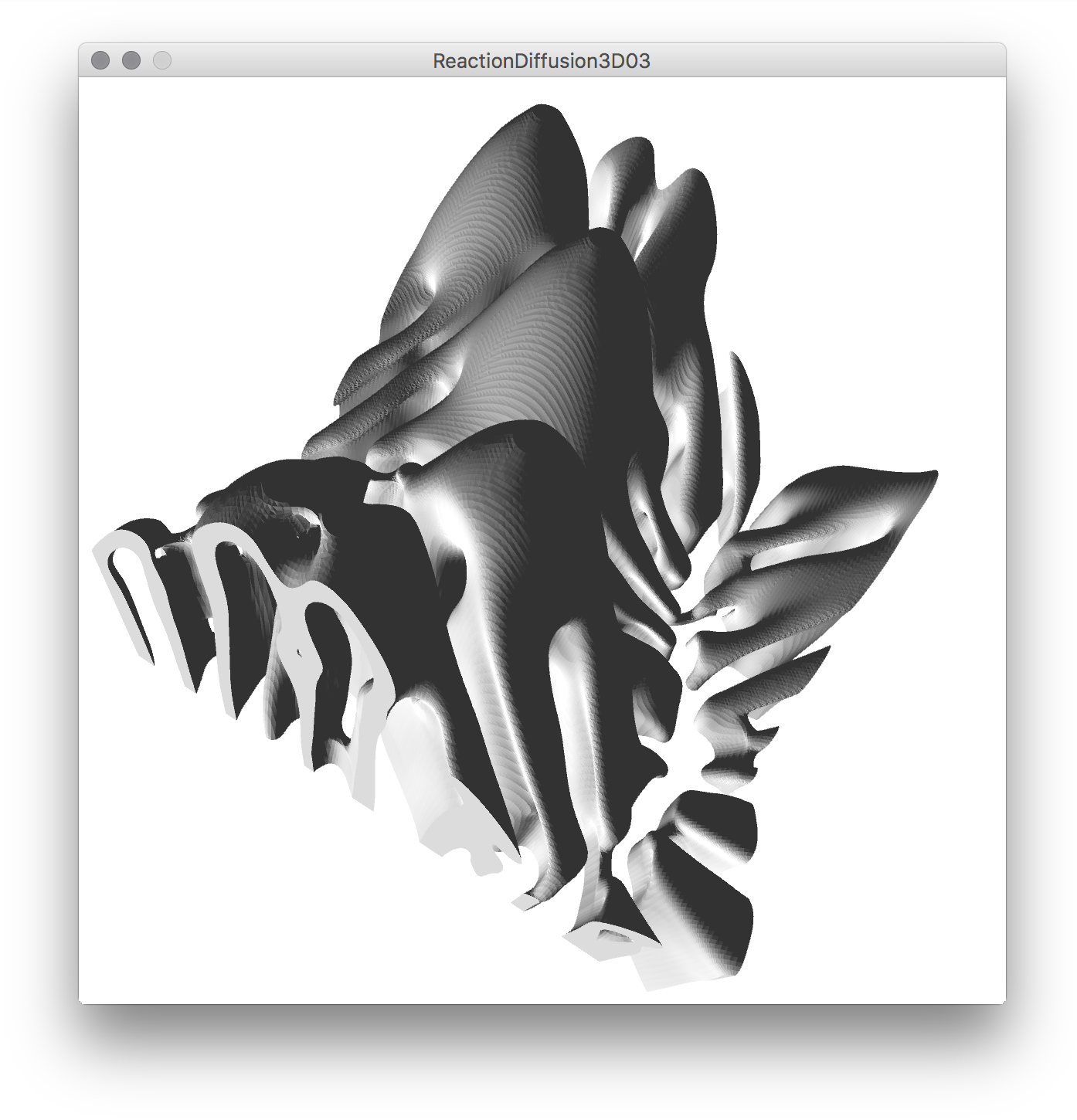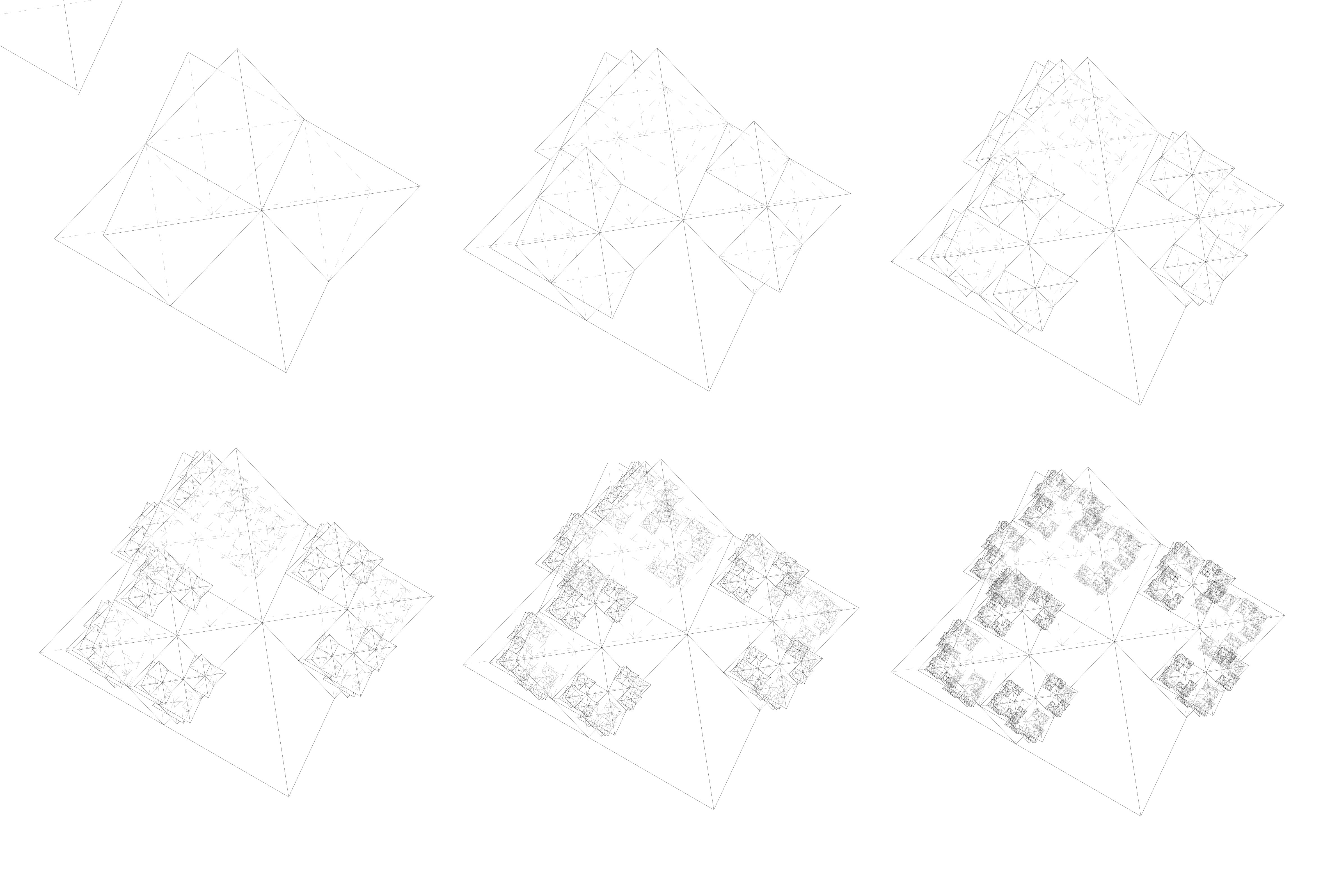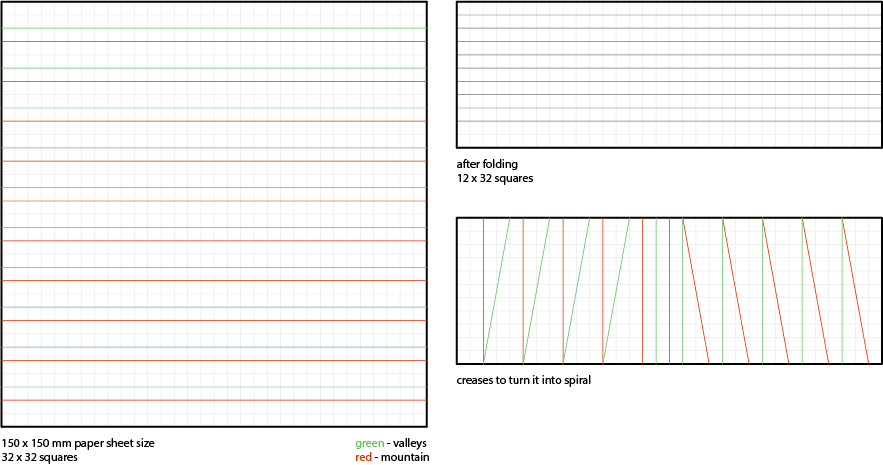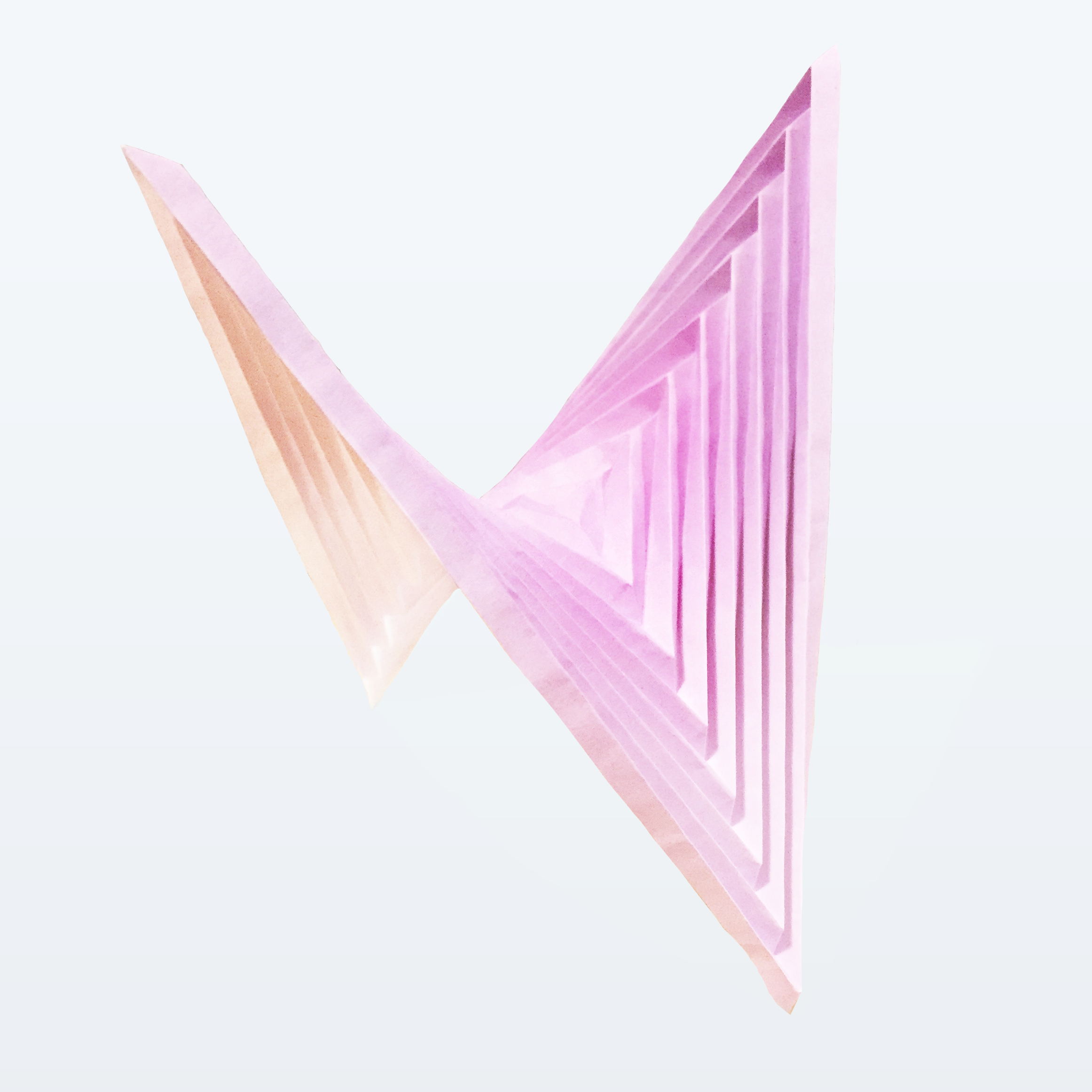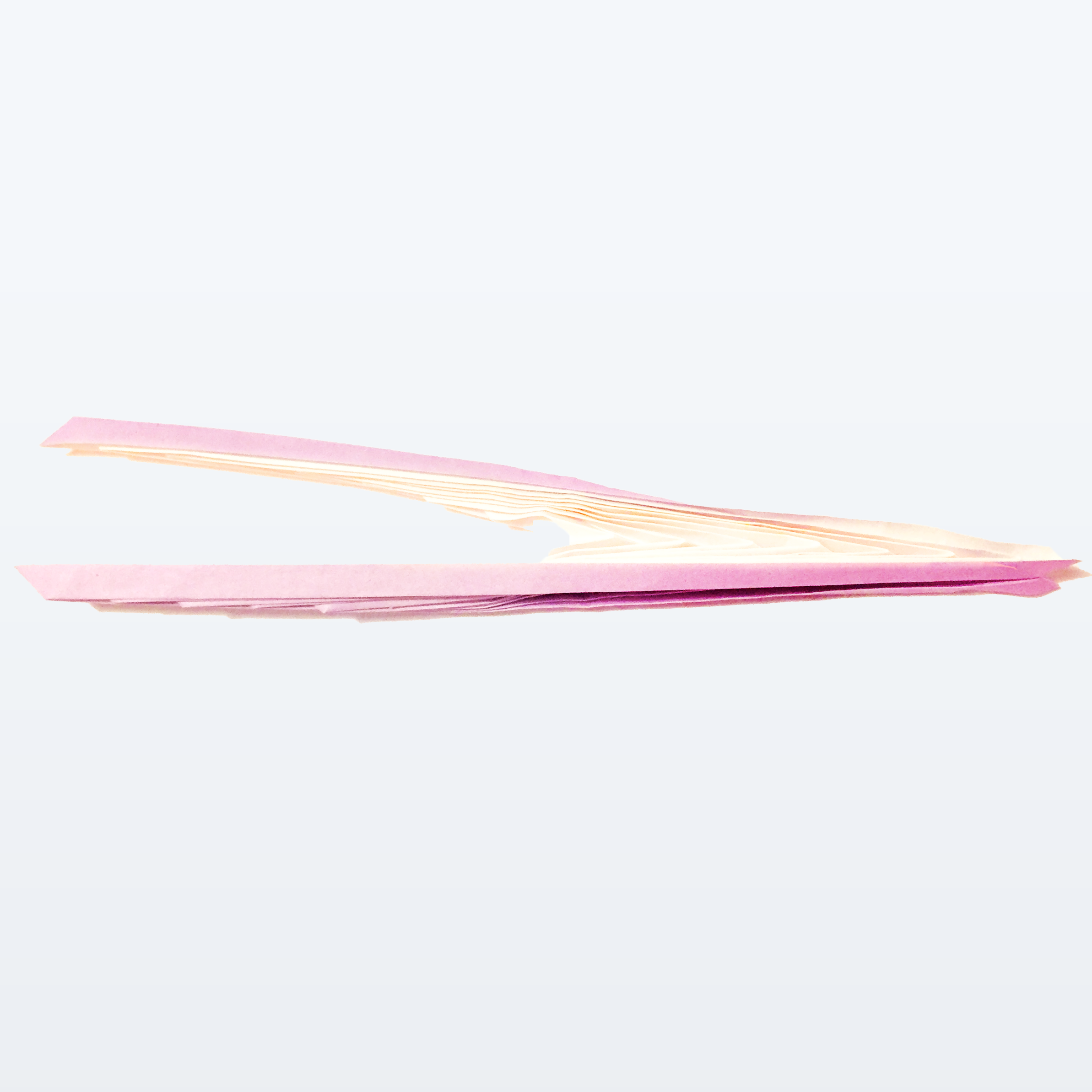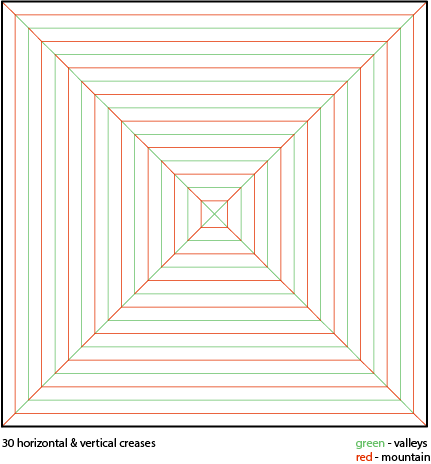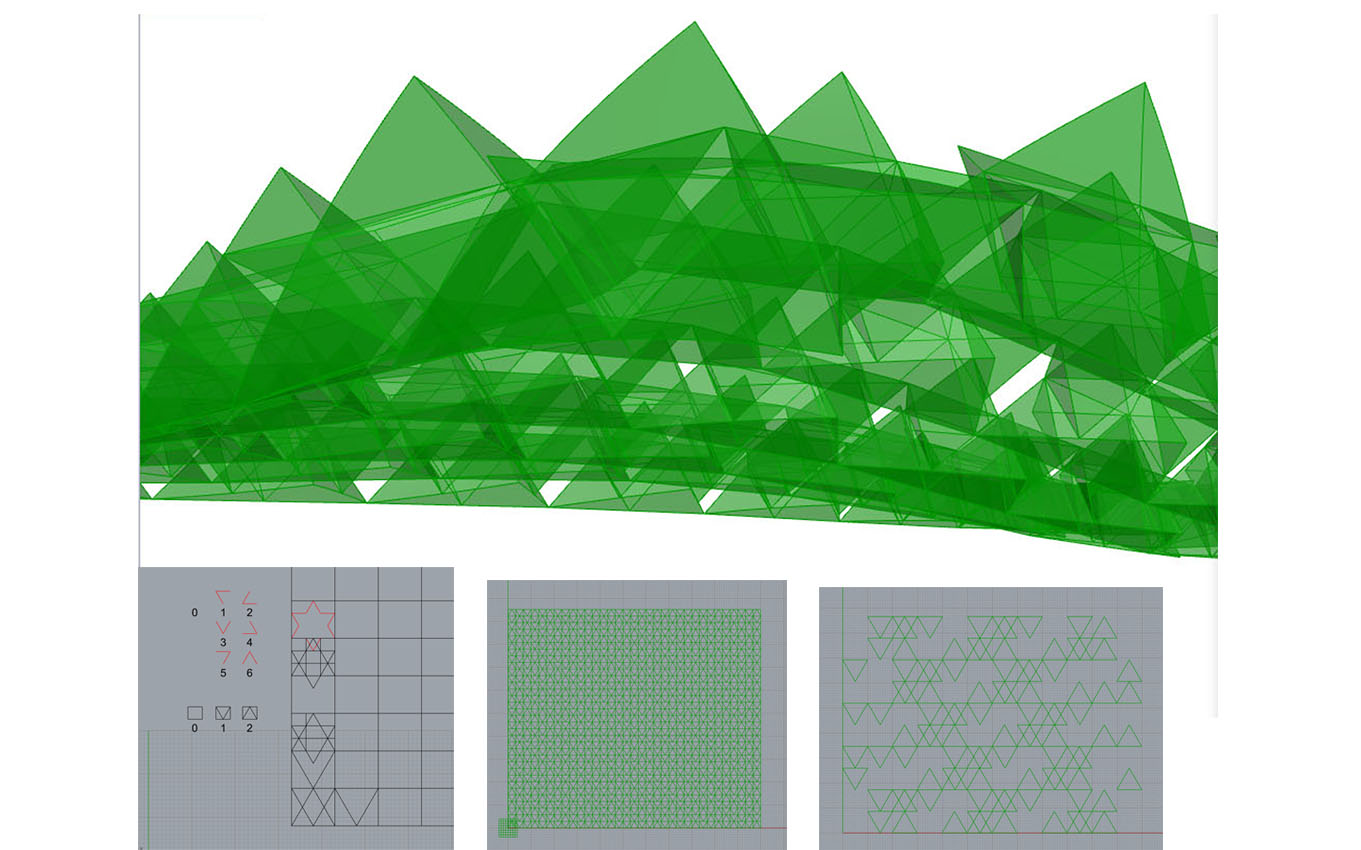Tile aggregation
Maybe someone will find it useful or interesting. Another definition of tile aggregation I made learning Fox plugin for grasshopper.
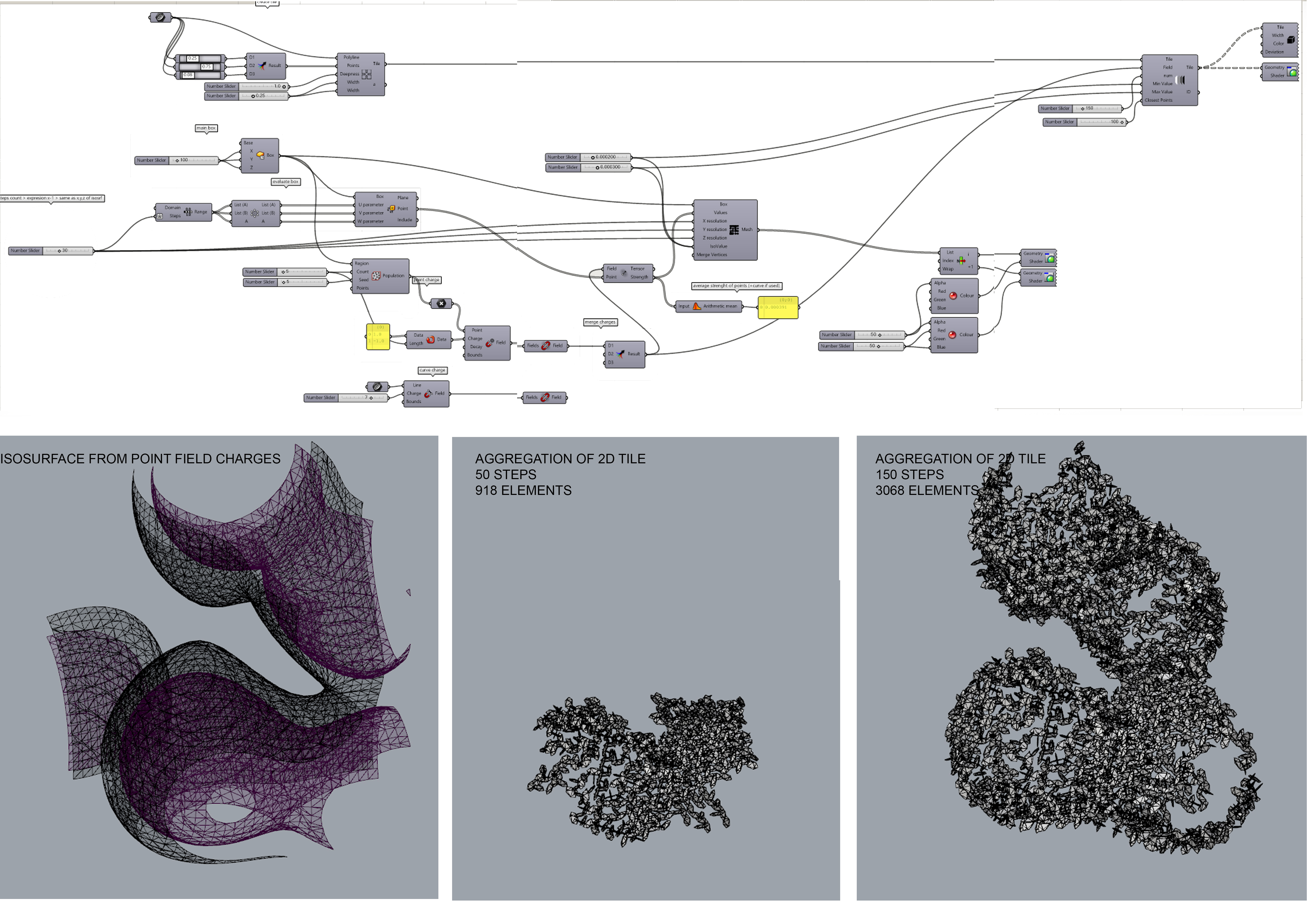
Tile aggregation
Maybe someone will find it useful or interesting. Another definition of tile aggregation I made learning Fox plugin for grasshopper.

Aggregation in icosahedron lattice structure
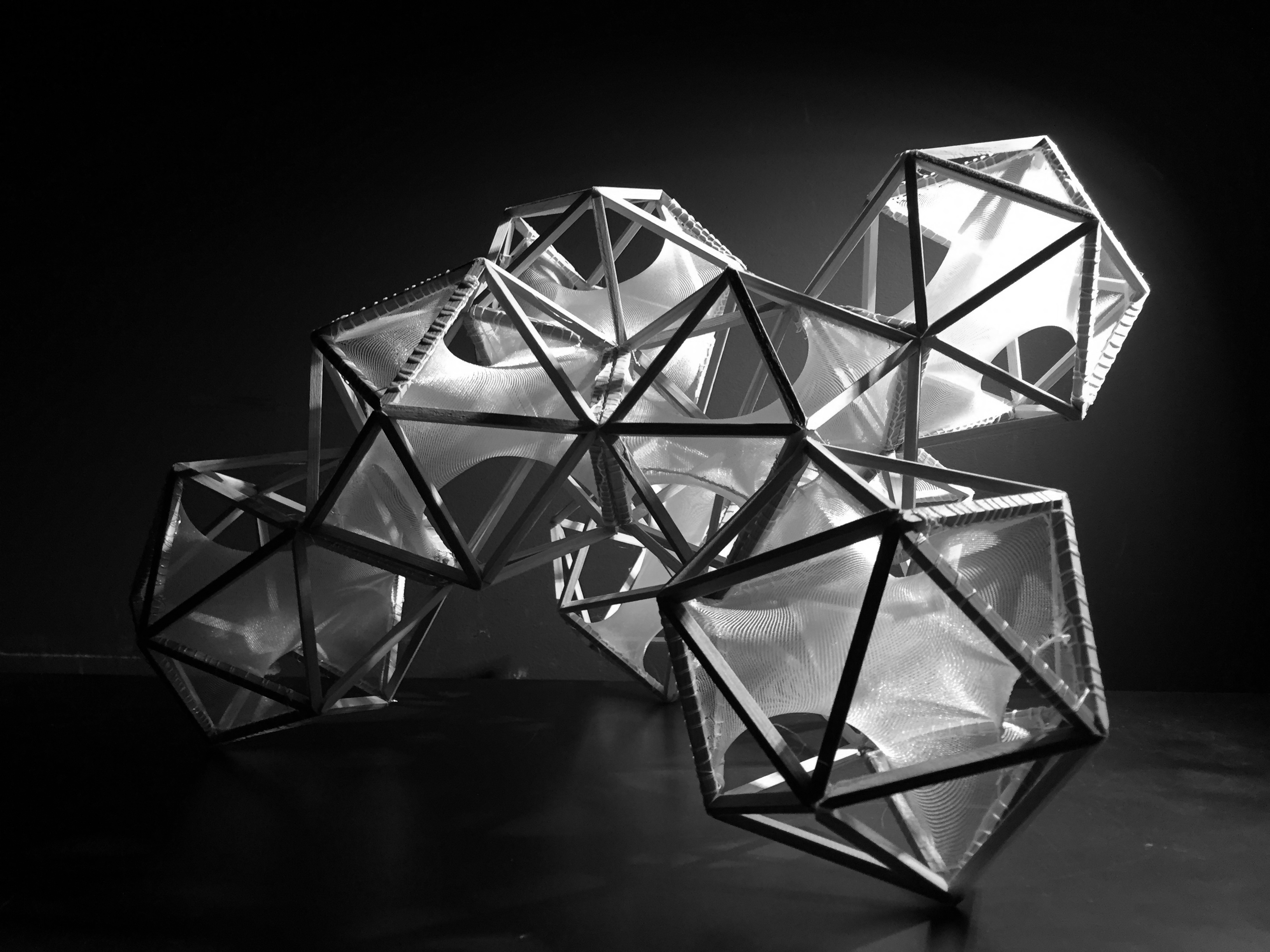
By looking at structures in nature there is a tendency to form a regular 2D or 3D grid from basic shapes. Going back from small scale into a large scale by slight “mistake“ in structure of the grid the whole shape or volume of the object is becoming irregular.
In the beginning of the project I started to look at several Platonic and Archimedean solids by joining them together and exploring the characteristics and composition of volumes (combining cuboctahedron and cube into aggregation the composition had some rhythmic and static behavior while combining icosahedron the volume and the shape was mostly irregular and unpredictable). Therefore for further development of the project I have chosen icosahedron as lattice structure for the research of the geometry inside by individually defined rules.
Some fragmented pictures of final physical model:
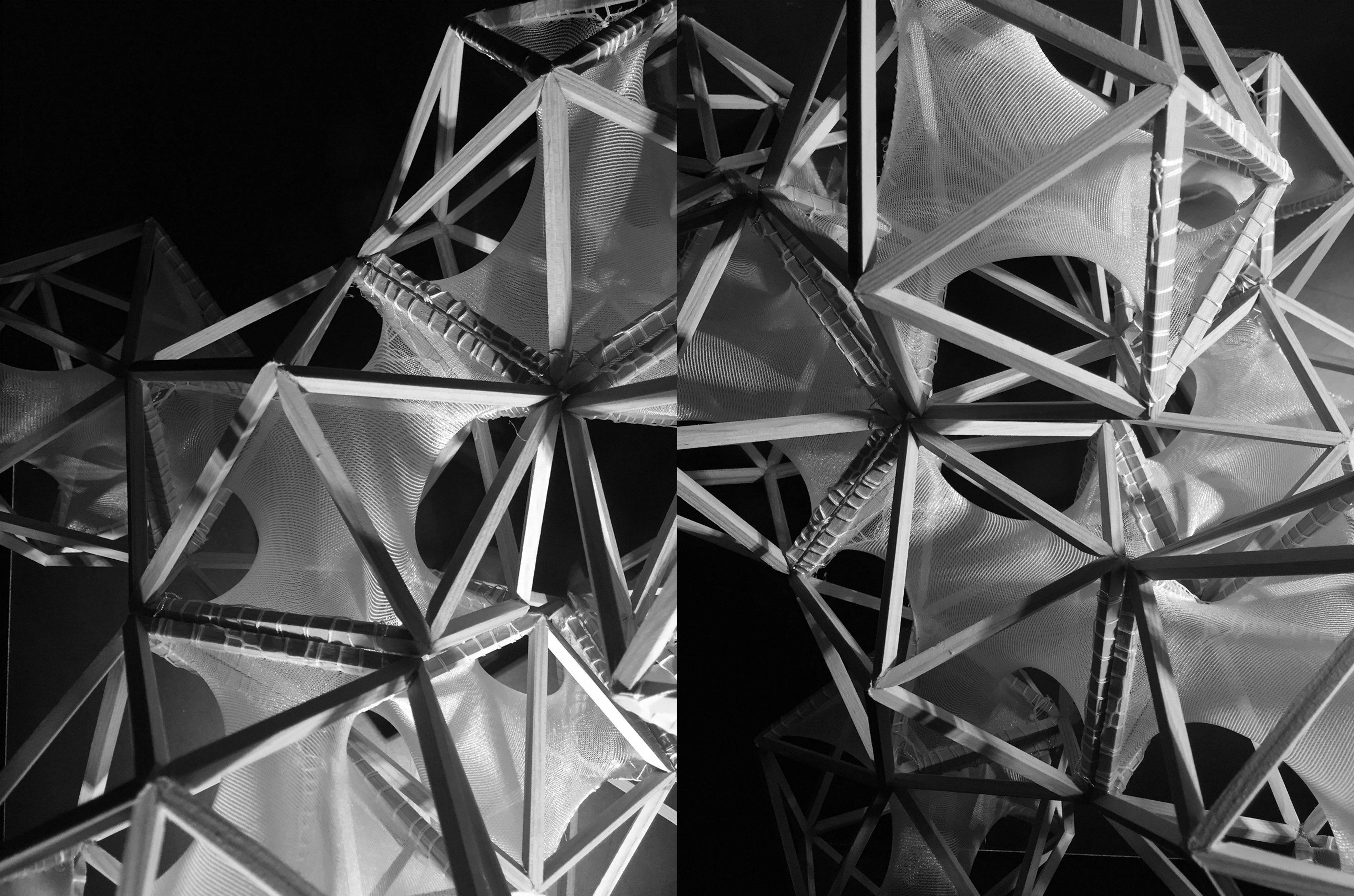
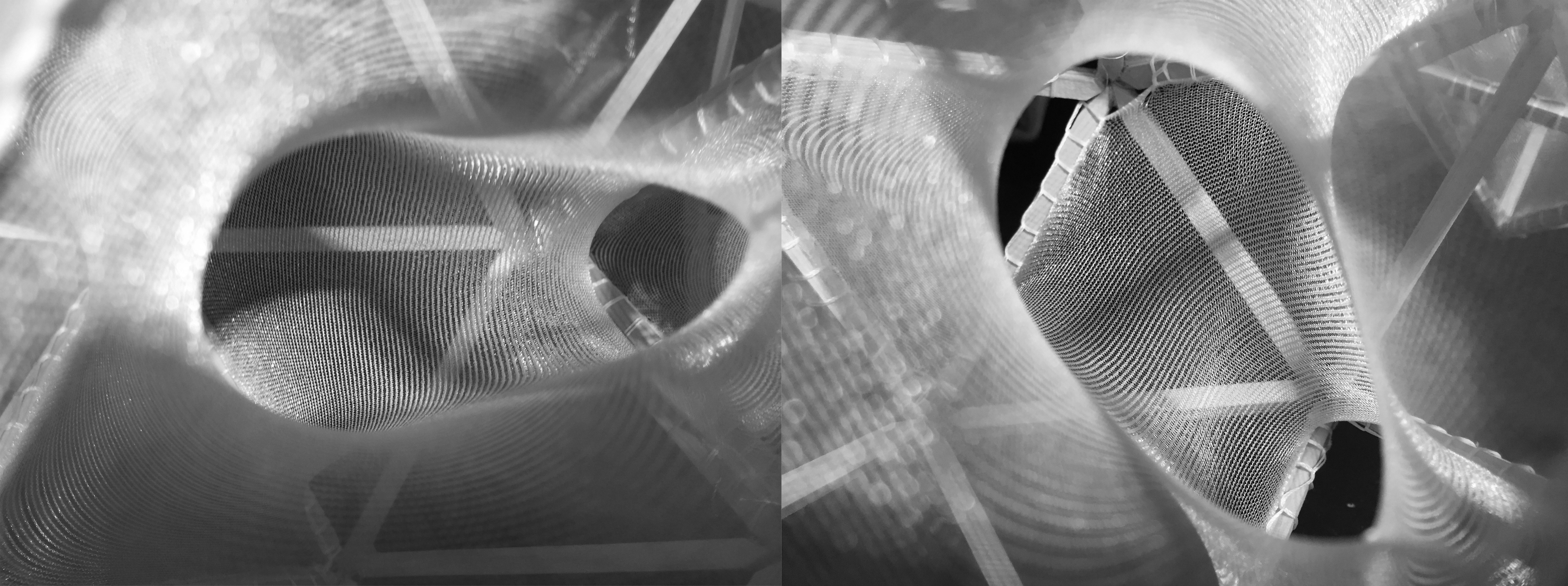
Grasshopper definition:
1 step – icosahedron geometry from weaverbird icosahedron:
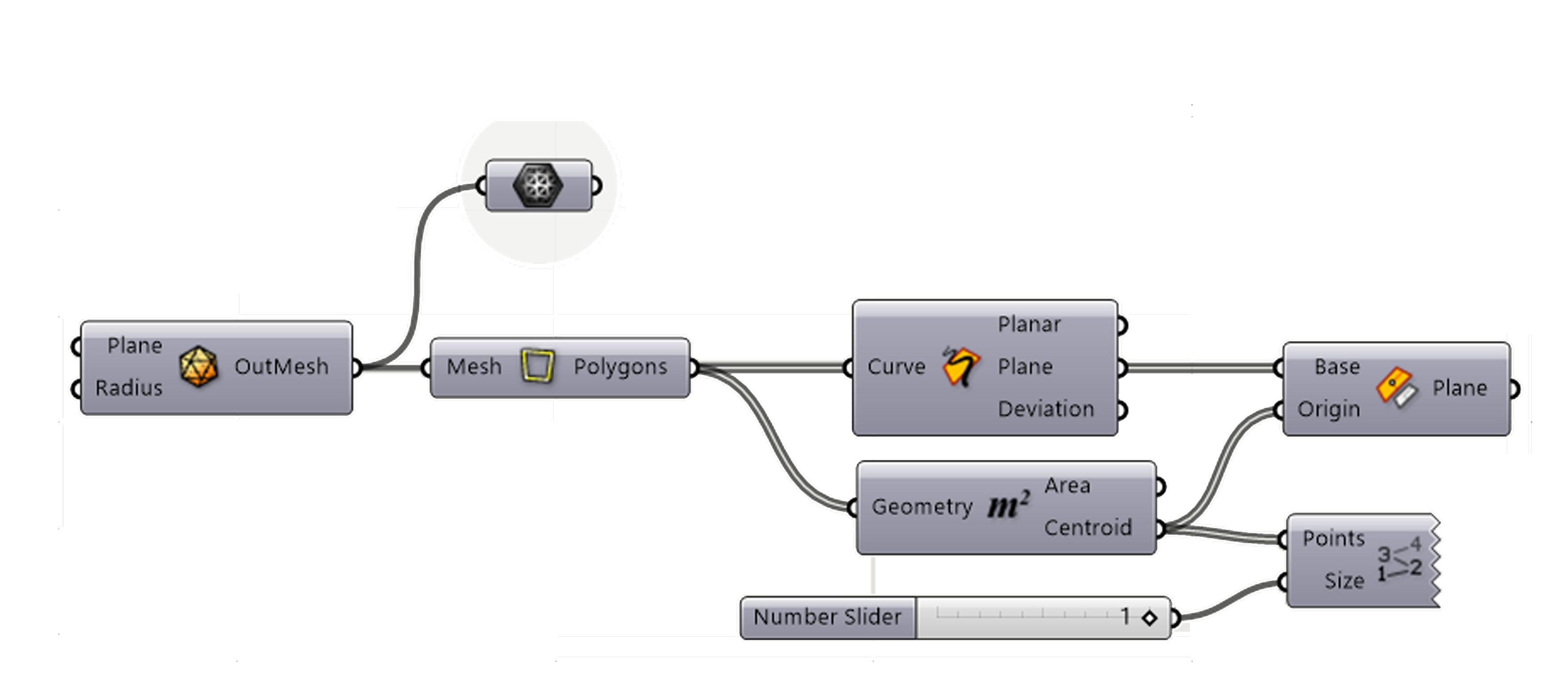
2 step – designing a detail inside the icosahedron frame using kangaroo relaxation:

3 step – creating aggregation of icosahedron lattice structure using fox plugin:
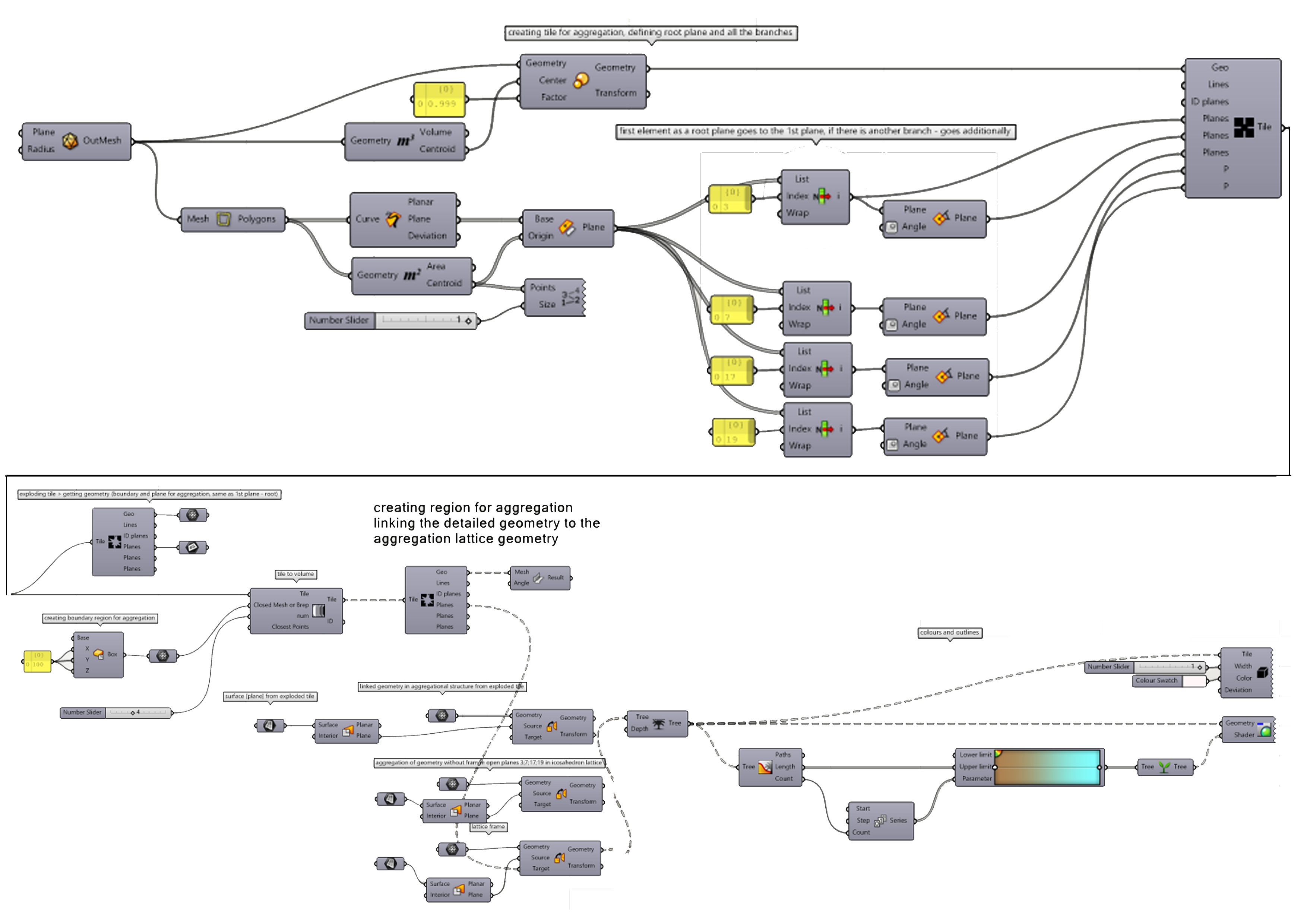
Posters of project:
Thanks to tutors and guest critics for accurate comments! And it was fun (not easy at all) to make first steps in the new field of unknown.
Koch snowflake 3D (finally!)
With some (a lot) of help from different tutorials and Pablo and Annie, I finally have a Python script producing the famous fractal “the Koch Curve”, in the 3D version, namely the Koch Snowflake. At last!! (even though the result is not as important as the process, it is certainly nice to rest one’s eyes upon it. This image is unfortunatelly rasterized. And, one really need to zoom in on the tetrahedra in the last generations)
Preparations for first aggregation assignment are underway!
Texas gets ready to assemble his 2000 modules for the first project assignment


Chair
This is the first draft of code. it is a solution for my idé but its not the perfekt solution yet but a beginning
Weekly Update
I’ve been keeping a personal process documentation on Google Docs and forgot to update myself here (whoops). I’ll upload some of the recent parts of it:
07.10
I figured out I’d try out the simple square origami tessellation. Additional creases need to be created in order to shape it into the following:
Without the additional creases, it can still be quite flexible and can be bent into a spiral form with force, but it’s only manageable because of the paper material. The pattern texture is quite pleasing looking in my eyes, though.
08.10
I encountered another type of origami, called hyperbolic folding. The crease pattern tends to follow the shape of the paper. It will automatically become a fixed shape (they call it hypar form) when mountain and valley creases are applied. The diagonal creases are supposed to be the base/skeleton for the origami structure.
I came to the conclusion that this kind of origami is best used for structure and display (in architecture). I want to try out combining this and the square tessellation origami together, to see if the square pattern can be created into a structure of its own. I will need a bigger paper size for it. I would also need some Grasshopper help in order to recreate the model in the program as well…
Assignment 02_gh
Just experimented with morphing the Koch snowflake pyramid geometry. In 2D, I wanted to divide the grid into more rectangles, at the same time breaking down the triangels that make the starting point for the snowflake.
Work progress together with assignment_02
Work progress together with assignment_02
Going deeper exploring simple platonic/archimedean solids having them as a frame/lattice structure in which different kind of geometry can be created. Trying to find/define the rules for creating continous space and/or different geometry.
Learned how to create tilling patterns, morphing definition, mesh relaxation in kangaroo and some aggregations with Fox plugin, trying to combine aggregations with a mesh relaxation.

